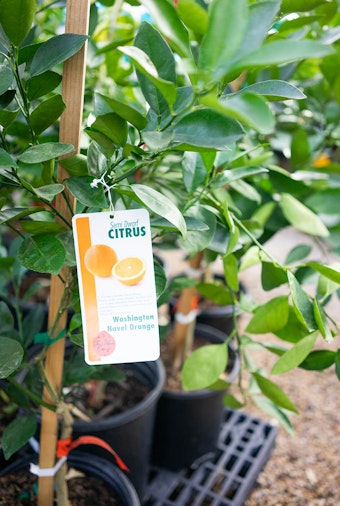Semi-Dwarf Citrus Trees

Specialty Semi-Dwarf Citrus Trees
At SummerWinds Nursery, we carry a seasonal variety of specialty semi-dwarf citrus trees—perfect for growing in small spaces or as a container specimen.
Do you enjoy the taste of fresh citrus—whether eaten raw, added as an ingredient to a homemade recipe, or squeezed into your favorite beverage? Check out these semi-dwarf citrus varieties you can grow on your patio or deck, or in your garden landscape.
Semi-Dwarf Citrus Varieties
Available While Supplies Last:
- Grapefruit: Rio Red, Ruby Red and Valentine
- Lemon: Improved Meyer
- Lime: Mexican Thornless and Rangpur
- Mandarin: Shiranui and Tahoe
- Orange: Arizona Sweet, Moro Blood, Navel, Cara Cara Navel, and Trovita
- Tangelo: Minneola
- and more...
Selection and sizes vary by location and are available seasonally, while supplies last. Contact your local SummerWinds Nursery with questions about current availability, specific varieties or sizes.
Featured Semi-Dwarf Varieties
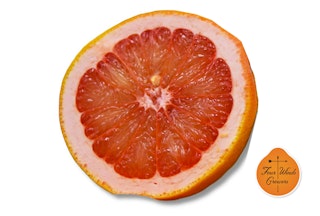
Rio Red Grapefruit
The Rio Red Grapefruit is a semi-dwarf tree that thrives in Arizona’s sun and heat, producing richly colored, sweet-tart fruit that’s excellent for fresh eating or juicing. Compact and reliable, it’s a great choice for Valley gardens.
- Climate: Hot, sunny climates (Zones 9–11)
- Size: 8–12 ft tall × 8–10 ft wide
- Water: Deep water weekly in summer
- Frost Tolerance: Protect below ~28 °F
- Pests/Diseases: Few major issues with proper care
- Pollination: Self-fertile
- Harvest Season: December – May (best flavor mid-winter into spring).
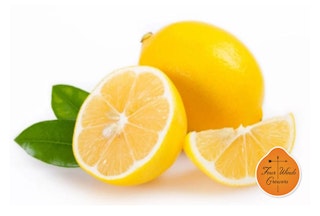
Improved Meyer Lemon
Compact and highly productive, the Improved Meyer Lemon produces sweeter, less acidic fruit than traditional lemons and is well-suited to small yards, patios, and containers. A near year-round bearer, it’s a favorite for versatile home use.
- Climate: Warm, dry climates (Zones 9–11)
- Size: 6–10 ft tall × 6–8 ft wide
- Water: Weekly deep watering; more often in containers
- Frost Tolerance: Protect below ~28 °F
- Pests/Diseases: May attract aphids, mites, or scale
- Pollination: Self-fertile
- Harvest Season: November – March, with lighter crops possible almost year-round.
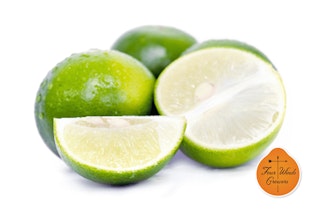
Mexican Key Lime
Known for its intensely tart, aromatic limes, the Mexican Key Lime is a compact tree perfect for gardeners who love cooking and cocktails. It thrives in desert heat but needs protection from frost.
- Climate: Warm climates (Zones 9–11)
- Size: 6–10 ft tall × 6–8 ft wide
- Water: Deep water weekly; avoid soggy soil
- Frost Tolerance: Sensitive; protect below ~32 °F
- Pests/Diseases: Generally minimal; watch for citrus leafminer
- Pollination: Self-fertile
- Harvest Season: June – September is peak, though they may fruit nearly year-round in the Valley of the Sun with protection.
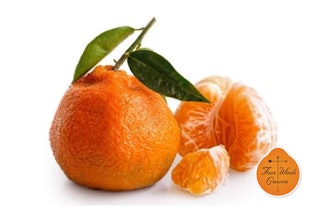
Owari Satsuma Mandarin
This cold-hardy mandarin is prized for its seedless, easy-to-peel fruit and sweet, juicy flavor. A reliable early-season producer, it performs beautifully in desert gardens and is among the most cold-tolerant citrus trees.
- Climate: Sunny, warm climates (Zones 8–11)
- Size: 8–10 ft tall × 8 ft wide
- Water: Weekly deep watering during heat
- Frost Tolerance: Excellent; tolerates down to ~20 °F
- Pests/Diseases: Minimal with good care; monitor for aphids or scale
- Pollination: Self-fertile
- Harvest Season: November – December (early ripening, perfect for holiday season).
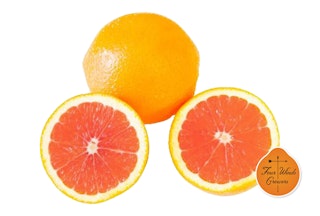
Cara Cara Sweet Orange
A unique orange with pink-fleshed fruit and a rich, berry-like flavor, the Cara Cara thrives in full sun and desert heat. Its compact size and sweet, low-acid fruit make it a standout for fresh eating.
- Climate: Hot, sunny climates (Zones 9–11)
- Size: 8–10 ft tall × 8–10 ft wide
- Water: Deep weekly watering in summer
- Frost Tolerance: Protect below ~28 °F
- Pests/Diseases: Low issues with proper care
- Pollination: Self-fertile
- Harvest Season: December – April, typically sweetest in mid-winter.
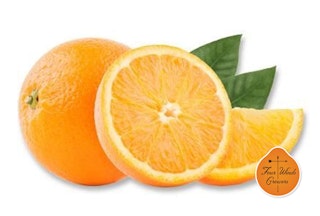
Trovita Sweet Orange
A semi-dwarf orange that excels in desert climates, Trovita produces thin-skinned, juicy fruit with rich flavor. Blooming in fragrant clusters, it brings beauty and harvests to the garden in late winter through spring.
- Climate: Desert-friendly (Zones 9–11)
- Size: 8–10 ft tall × 8 ft wide
- Water: Weekly deep watering; adjust for soil drainage
- Frost Tolerance: Protect below ~28 °F
- Pests/Diseases: Generally minimal; monitor for common citrus pests
- Pollination: Self-fertile
- Harvest Season: February – April, a little later than Cara Cara, excellent for fresh spring oranges.
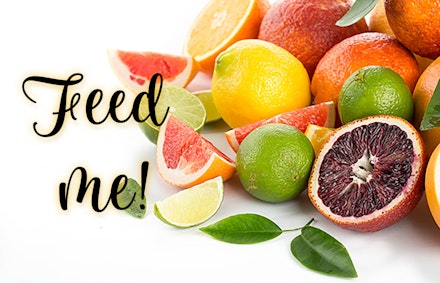
Fertilize Your Citrus Trees & Shrubs
We recommend fertilizing your citrus three times a year—in September, February and May.
Click the buttons below to learn more about citrus:
Citrus Feeding Time Citrus Tree Care Citrus Tree VarietiesPlanting a Tree?
Watch our video to learn how to do it like the pros!
This video will show you the basics to planting trees, shrubs and more. We will focus on trees but the same can apply to shrubs, perennials and more. With these simple steps, you can successfully plant your next garden.

